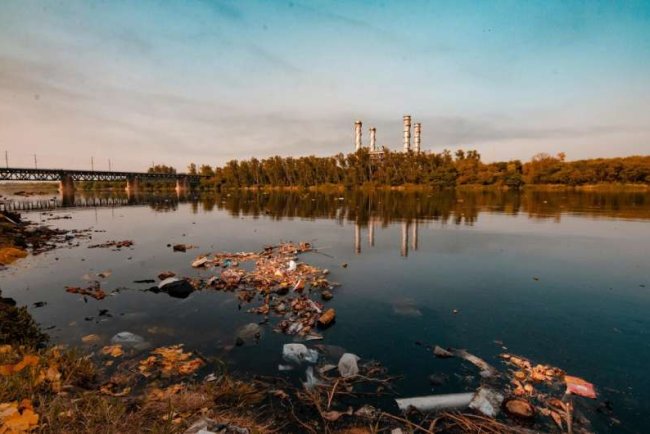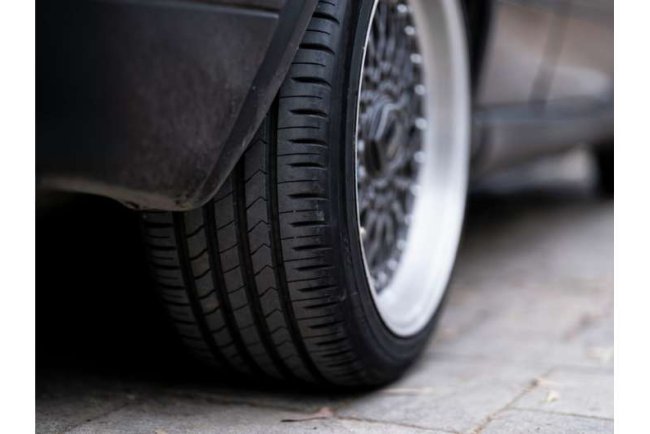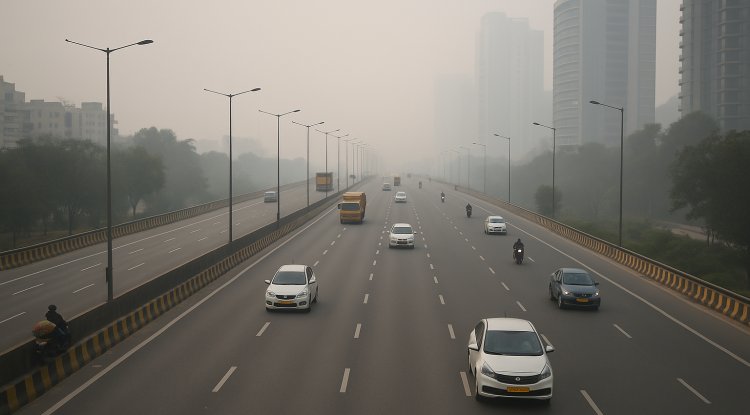Are Clay Bricks Sustainable for South Asia?
Brick-making in South Asia contributes significantly to pollution and health issues due to coal-based kilns, with limited progress on cleaner alternatives like concrete blocks and hybrid kilns amid rising urban construction demand.

Bricks made from clay continue to be a key product in South Asia's thriving construction market, fueled by increased urbanization and housing needs. However, the health impacts on people and the environment from conventional brick production are a rising concern in South Asia. India, Bangladesh, Nepal, and Pakistan still rely heavily on clay brick kilns despite pollution and emissions attributed to the process becoming increasingly recognized.
South Asia manufactures about 25% of global bricks. India itself makes 250 billion bricks per year, followed by Bangladesh with 27 billion, and minor but considerable productions in Pakistan and Nepal. China remains far in excess in brick manufacturing with more than 1 trillion bricks produced every year. As millions of workers flock to the urban centers in South Asia, there remains massive demand for bricks to construct houses, factories, and infrastructure.
But the production of bricks is energy- and environmentally expensive. Clay is mined from farm land, hills, and riverbeds and rendered agricultural productivity along with ecosystems useless. The clay is molded and dried and subsequently fired in furnaces that predominantly use fossil fuels like coal and biomass. India's brick industry alone, for example, uses an estimated 35 million tonnes of coal and 25 million tonnes of biomass annually. This excessive fuel usage has large emissions of greenhouse gases and emits fine particulate matter that produces intense air pollution.
The health impacts of brick kiln emissions are enormous. It is estimated by the World Bank that the emissions from brick kilns cause approximately 6,000 deaths per year in Bangladesh and approximately 55,000 in India. Respiratory diseases such as bronchitis and other chronic respiratory diseases are caused directly by the fine particles released during the process of firing bricks. The impacts have turned it into an important public health concern in high-density urban cities.
Its ecological footprint does not stop at emissions. Loss of topsoil for the extraction of clay reduces rural agricultural potential, adding more vulnerability to areas where the livelihood of people depends on agriculture. Other alternatives to clay bricks have slowly picked up pace in the area despite these issues.
Concrete blocks are now the most common alternative to clay bricks globally. In India, around 25% of the building material is concrete block. These blocks consist of cement, sand, gravel, and water and are simpler to produce in bulk quantities. Concrete, however, carries a cost on the environment of its own. Cement, which is the main ingredient in concrete, generates around 7% of the world's carbon emissions, primarily because the production of clinker, the principal binding constituent of cement, is such a power-guzzling process.
Even though the use of concrete blocks lowers soil extraction reliance, it transfers the ecological workload to the cement sector, which has been slammed for being responsible for emissions. Apart from that, raw material supply and plant capacity to make concrete blocks are still uneven across South Asia. This is a barrier for countries such as Nepal and Bangladesh to implement substitutes at India's same pace.
Green natural and renewable products like bamboo and wood have been pushed as an eco-friendly construction material, especially in rural regions. They are natural and readily available locally in most regions. Yet, they have recorded low uptake due to increased up-front costs, ignorance, and cultural acceptability of possessing brick or concrete houses. Cost is the main limitation to the mass use of "green" construction materials throughout the region.
Countries have sought to enhance technology for combat against brick kiln pollution. A shift from fixed chimney kilns to zigzag kilns is one modification that has broadly been utilized. In the design, bricks are arranged in zigzag fashion within the kiln to facilitate air circulation and combustion. The process requires less energy and emits fewer pollutants compared to older kiln designs. Bangladesh has also been highly successful, with more than 90% of its kilns upgraded to this configuration.
Despite these technologies, energy reductions are confined. Another study in Science proposed that additional technological advancements in zigzag kilns could decrease energy consumption by another 10.5% per kiln. But the initial fuel use continues to be coal and biomass, with the high emission rates characteristic of the brick sector.
New technology in the form of hybrid Hoffman kilns, utilizing waste heat recovery to reduce energy use, presents promising results. Such kilns can reduce energy use by as much as 50%, significantly reducing the emissions. The economic barrier is, however, still lofty. Hybrid kilns cost 15 times more to construct than fixed chimney kilns and are therefore out of the reach for most South Asian small and medium-scale brick producers.
Governments and development institutions are considering policy and financial assistance to encourage a transition to cleaner kiln technologies but this is happening slowly because of unsophisticated industry structures and weak investment capabilities. If stronger regulation or cost-saving incentives are not put in place, then it is doubtful small-scale kiln owners will opt voluntarily to modernize their plants.
Though efforts have been made to minimize environmental harm from brick production in South Asia, change is slow. Eco-friendly construction practices, alternative materials, and more efficient kilns all hold excellent prospects for solutions, though they need greater policy pressure, investment, and campaigning for data. Meanwhile, clay bricks persist as the norm, and continued usage create serious health and environmental problems for South Asia.
Source: Thomson Reuters Foundation, published on 4 July 2025
Credit: https://www.context.news/ | Image credit: ILO Asia-Pacific, CC BY-SA 3.0, via Flickr
What's Your Reaction?

















